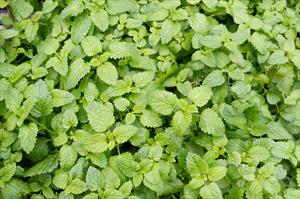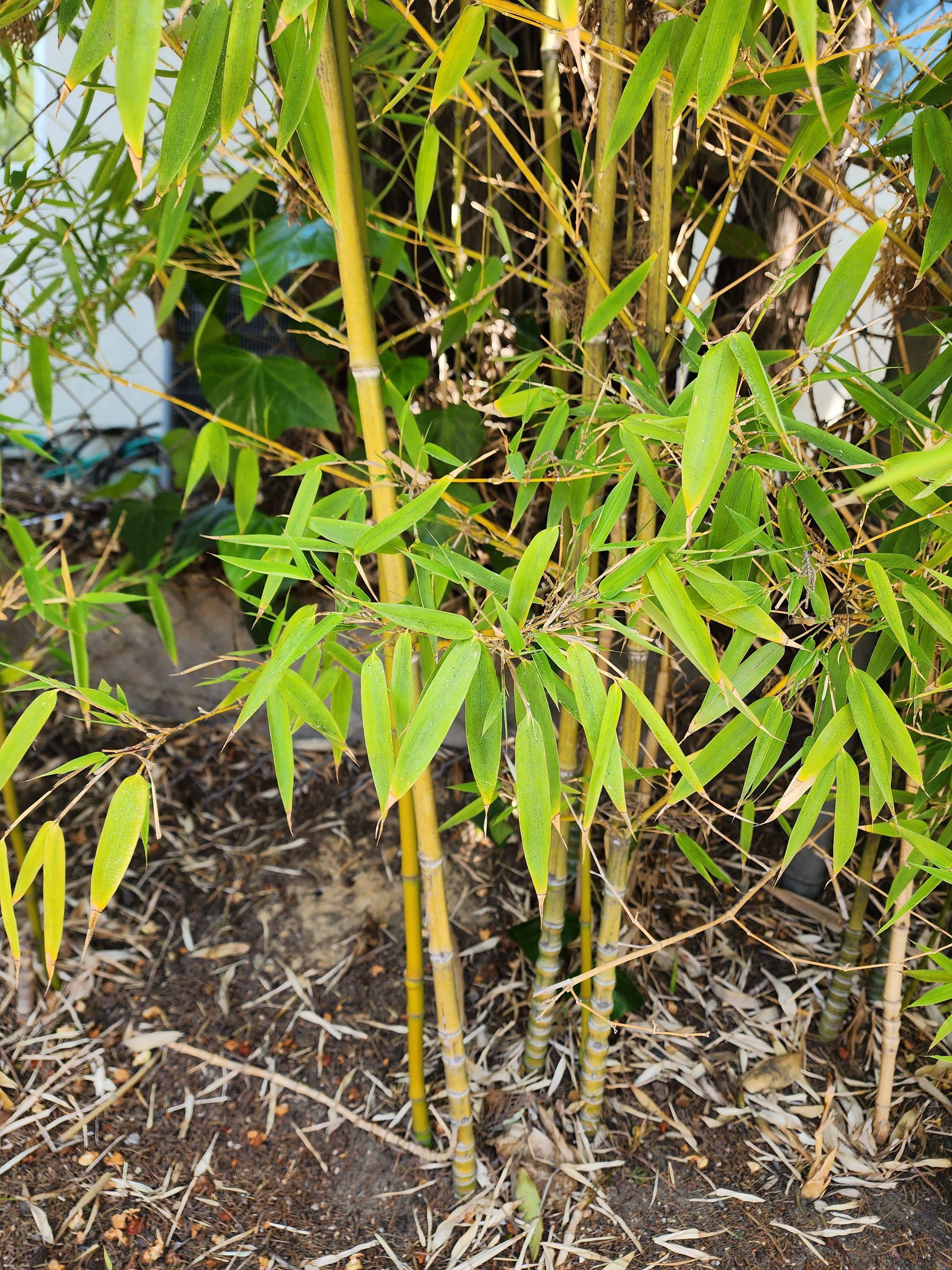
Illustration courtesy MarVistaVet
Gardening is a relaxing pastime many enjoy, and many people allow pets in their gardens. The garden shops and catalogs are full of gorgeous garden shrubs and flowers. They tell us how to water and how much sunshine is needed, but they rarely tell us if the plant is safe if your pet chews it up.
Your dog or cat probably has visions of digging through or chewing up the plants. To be on the safe side, how about planting only non-toxic plants? If the unplanned periodic demolition of the garden by the family dog (or even the cat) is a fact of life, it is good to know that the plants they are chewing up are non-toxic. It may not help the garden any, but knowing your pet isn’t going to get sick because of it is one less thing to worry about. Knowing what is considered safe should the family pet get frisky and start chewing and digging in the flower beds is good.
How Dangerous is a Toxic Plant?
In the past, we listed plants as either safe or toxic. This seems straightforward, but it turns out that there is more to it, so to be more specific:
Poisonous Plants
Can potentially kill your pet or cause serious damage to their body if your pet eats or chews them.
Toxic Plants that will Make your Pet Sick Temporarily
Will not actually be dangerous to your pet but will give your pet a very unpleasant upset stomach or oral chemical irritation if eaten or chewed. The resulting discomfort may require medical treatment in order to feel better.
Safe Plants
Can be chewed up or eaten with no ill effects of any kind.
Catnip
Catnip plant

Catnip plant (Nepeta cataria).
Catnip was brought to America by early colonists and was considered to be a commercial crop. Numerous medicinal properties have been ascribed to catnip, which has been used in teas, soaks, and poultices. Today, its uses are largely confined to feline entertainment, as its active ingredient, cis-trans-nepetalactone, is a mild hallucinogen. Rubbing, rolling, and other merry-making actions are produced, though one should be careful as aggressive behavior is often made worse by catnip indulgence.
Response to catnip is inherited genetically as a dominant trait, which means that not all cats will be affected. Furthermore, kittens under the age of six to eight weeks are not able to respond.
Catnip is felt to be a safe and non-addictive recreational drug for cats, but there is some thinking that overdose can produce seizures. For this reason, it is best not to use it in cats with a history of seizures. Chronic exposure to catnip may cause an apparent loss of mental faculty and possibly personality change. Also, it is not a good idea to put catnip in a carrier or box for transportation because by the time the cat arrives, some unpleasant mental changes may be in progress, making the cat more aggressive and more stressed than she would be had no hallucinogens been involved.
Catnip can be a fun garden plant if the climate is right, but it can quickly become a weed problem if the gardener is not careful. Catnip should be considered an occasional treat for cats that can respond to it.
bamboo.jpg

Bamboo is safe to have around pets. Image courtesy MarVistaVet
The ASPCA Animal Poison Control Center
The ASPCA offers a large database of toxic and non-toxic plants for dogs, cats, and horses, and includes photos. You can see a list that affects only one of those three species, or view all of them. This list contains plants that have been reported as having systemic effects on animals and/or intense effects on the gastrointestinal tract. Please note that the information in the ASPCA plant lists is not meant to be all-inclusive but rather a compilation of the most frequently encountered plants. If you think that your animal is ill or may have ingested a poisonous substance, contact your local veterinarian or, for a fee, the ASPCA's 24-hour emergency poison hotline.
The ASPCA National Animal Poison Control is available 24 hours a day at 888-426-4435. Expect an initial consultation fee; an additional follow-up is at no charge. You will be assigned a case number your veterinarian can use to communicate with a toxicology specialist before beginning treatment.
If your pet has a HomeAgain microchip, a free poison control consultation is included in the premium service registration. Call 1-888-466-3242.
https://www.homeagain.com/our-services/emergency-medical-hotline
https://www.aspca.org/pet-care/animal-poison-control